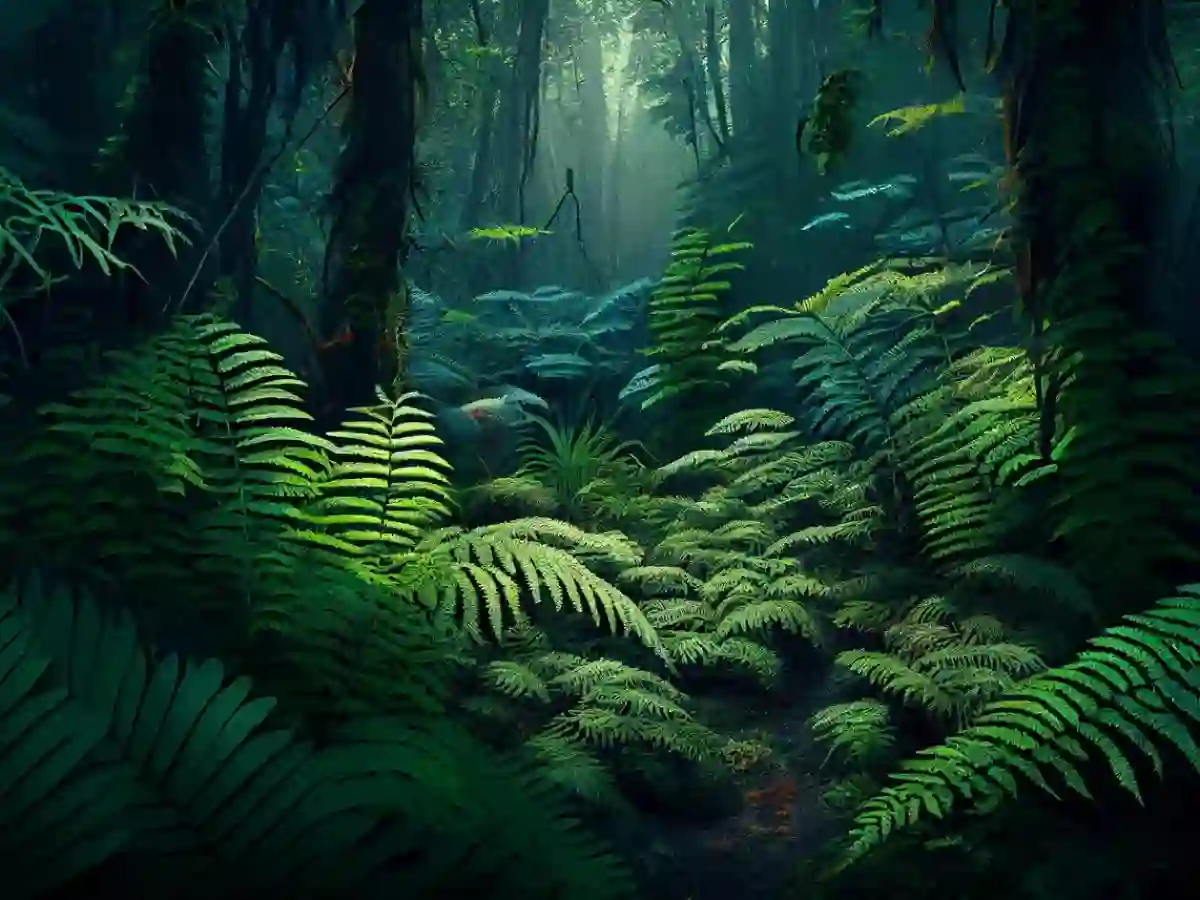Just when scientists feared it had vanished forever, the world’s smallest snake has quietly made its return—under a rock in the forests of Barbados.
It’s been 20 years since anyone last laid eyes on the Barbados threadsnake, a creature so small and elusive it was almost written off as extinct.
But thanks to a bit of luck and a sharp eye, it’s now back on the radar.
An Unexpected Discovery in the Forest
The rediscovery came courtesy of Connor Blades, a local official working with Barbados’ Ministry of Environment.
Blades was part of a team on a dual mission—some were out hunting for a rare native tree, while others, including himself, were hoping to track down the island’s most elusive reptile.
While flipping over stones deep in the forest, Blades found what looked like a tiny worm—but it turned out to be something much more remarkable.
Not Just a Worm—It Was the Real Deal
At first glance, the snake could easily be mistaken for the more common Brahminy blind snake, a species that also happens to be small and worm-like.
But upon closer inspection, Blades realized he had stumbled upon something special.
What he had found was in fact the rare Tetracheilostoma carlae—the genuine Barbados threadsnake. It was the first verified sighting since 2005.
The Secrets of the Barbados Threadsnake
This miniature marvel is unlike any other snake in the world.
Measuring just 10 centimeters (that’s about 4 inches), adult threadsnakes are blind and spend their lives burrowed underground.
Their diet is made up of ants and termites, and interestingly, they only lay a single egg at a time—unlike many other snakes that lay dozens.
A New Chapter for a Rare Species
The snake has since been taken to a lab for further observation and study.
For conservationists and scientists, this rediscovery isn’t just exciting—it’s a big deal.
It shows how much is still hidden within nature, waiting to be found again, and how even the smallest species can make the biggest headlines when they return from the brink.
